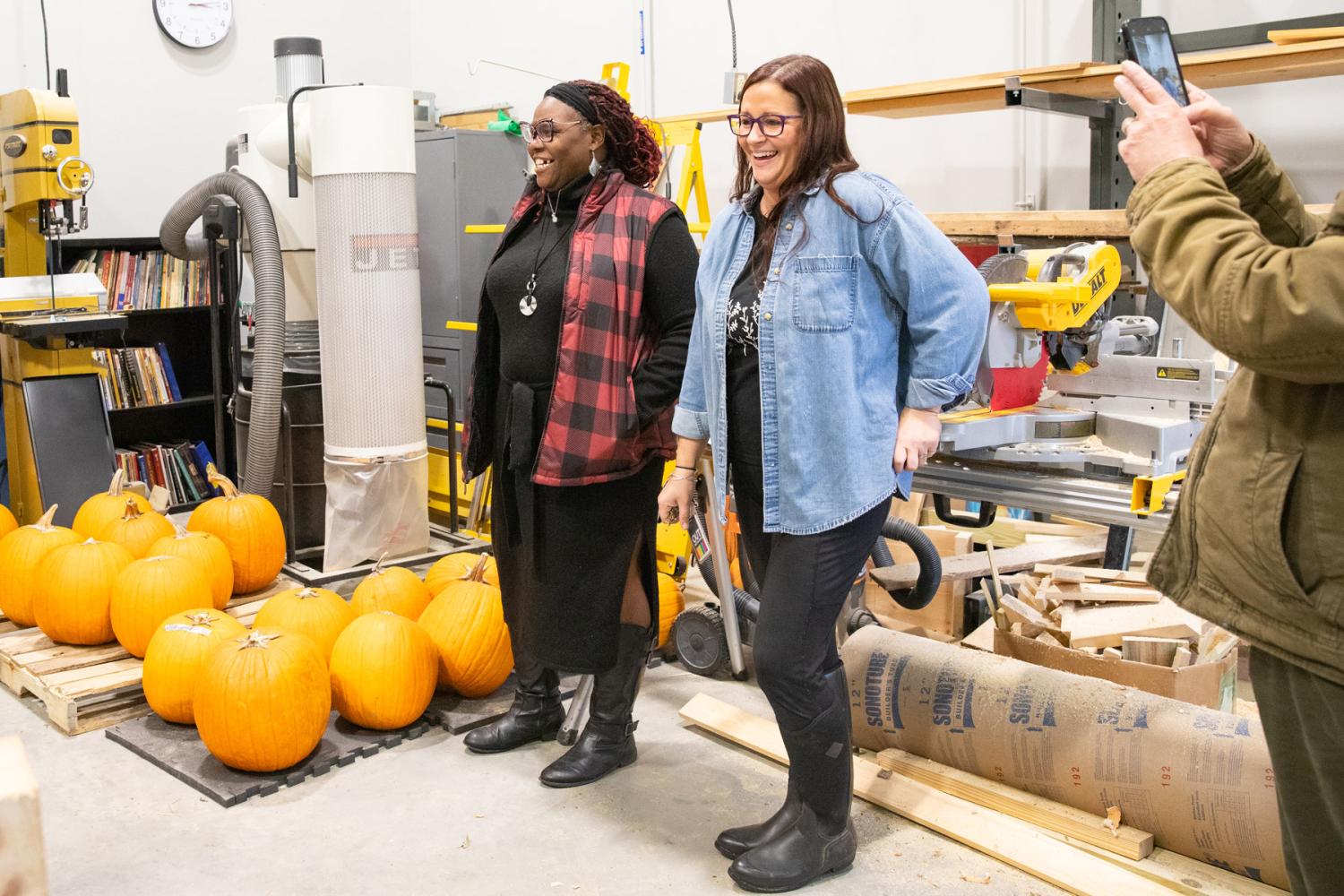February 8 was Farm to School and Early Childhood Awareness Day in the Legislature, and we invited champions of the movement — educators, farmers, state agencies, service providers, students, food hubs, and more — to share how farm to school is making a difference in their communities.
Through these stories, we’re advocating for the strengthening and expansion of Vermont farm to school and early childhood programs. To reach our network goal, we need to invest $500,000 in two programs:
- The Farm to School & Early Childhood Grant Program: a critical connector, bringing farmers and educators together so that children and youth can experience local food, have nutritious meals, and learn about where their food comes from.
- The Local Foods Incentive Program: provides districts and supervisory unions with financial support for feeding more Vermont kids with fresh local food and directing more dollars to Vermont farmers.
Twenty years ago, Vermont was the first state to establish a farm to school grant program, which is the foundation for the USDA program, the Patrick Leahy Farm to School Grant Program. Today, Vermont continues to be at the forefront of farm to school efforts, leveraging partnerships across the state to connect students to the food they eat and create equitable access to local, nutritious foods in schools.
Read and watch testimonial excerpts shared with our state leaders:

